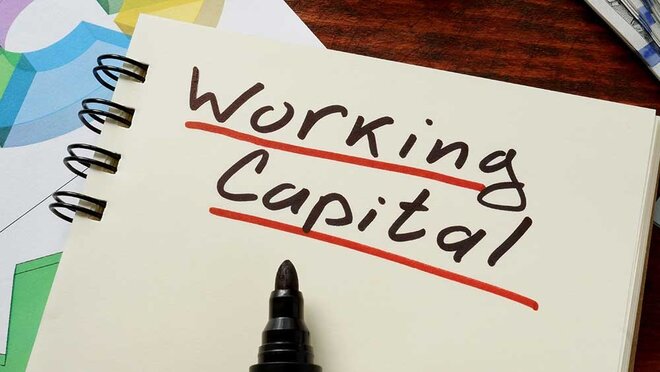
Working capital means the amount of money a business needs to meet its near-term obligations, i.e., money for running its business, short-term debt, etc. It is defined as the difference between a company's current assets and current liabilities.
Working capital = Current assets - Current liabilities
So if a company has high near-term liabilities, it will have less capital available to run its business.
Sounds simple enough. So why should any investor put their money on a company with negative working capital?
Because in investing, dealing in absolutes is never a wise call. While it is true that negative working capital should invite more vigilance from investors, some businesses actually fare better when their working capital is in the red.
Take the example of consumer-facing companies like Devyani International, which operates Pizza Hut in India. It purchases raw materials from its suppliers on credit. However, as soon as the pizza hits the plate, the customer pays. This means the company converts its inventory and receivables to cash before it has to pay its suppliers (a negative cash conversion cycle).
So, while the working capital might be negative on paper, the company will not be strapped for cash.
This is also true for companies in the B2B space. For example, Sundaram-Clayton, which makes aluminium casting dyes for OEMs (original equipment manufacturers), had negative working capital in three out of the last five years. However, it managed to live through the five years because of its negative cash conversion cycle in each of the five years.
Thus, if a company has little to no debtors and a negative or short cash conversion cycle, that negative working capital figure might not be all gloom and doom.
The table below lists some companies with negative working capital and have lived through those years of negative working capital without much sweat.
But beware of short-term borrowings
It is important to mention that a company can live through periods of negative working capital only if its short-term borrowings are low and it has a short cash conversion cycle.
For example, Tata Power and Adani Power sure had to put in a shift to deal with five years of negative working capital as they had relatively long cash conversion cycles of 148 days and 74 days, respectively.
To sum up
So, if you are up against a balance sheet with negative working capital, make sure the company ticks the following checkboxes:
- Receives payment from customers before it has to pay the suppliers.
- Short or negative cash conversion cycle.
- High trade payables but low short-term borrowings.
Suggested read: Should you invest in cyclical stocks?









